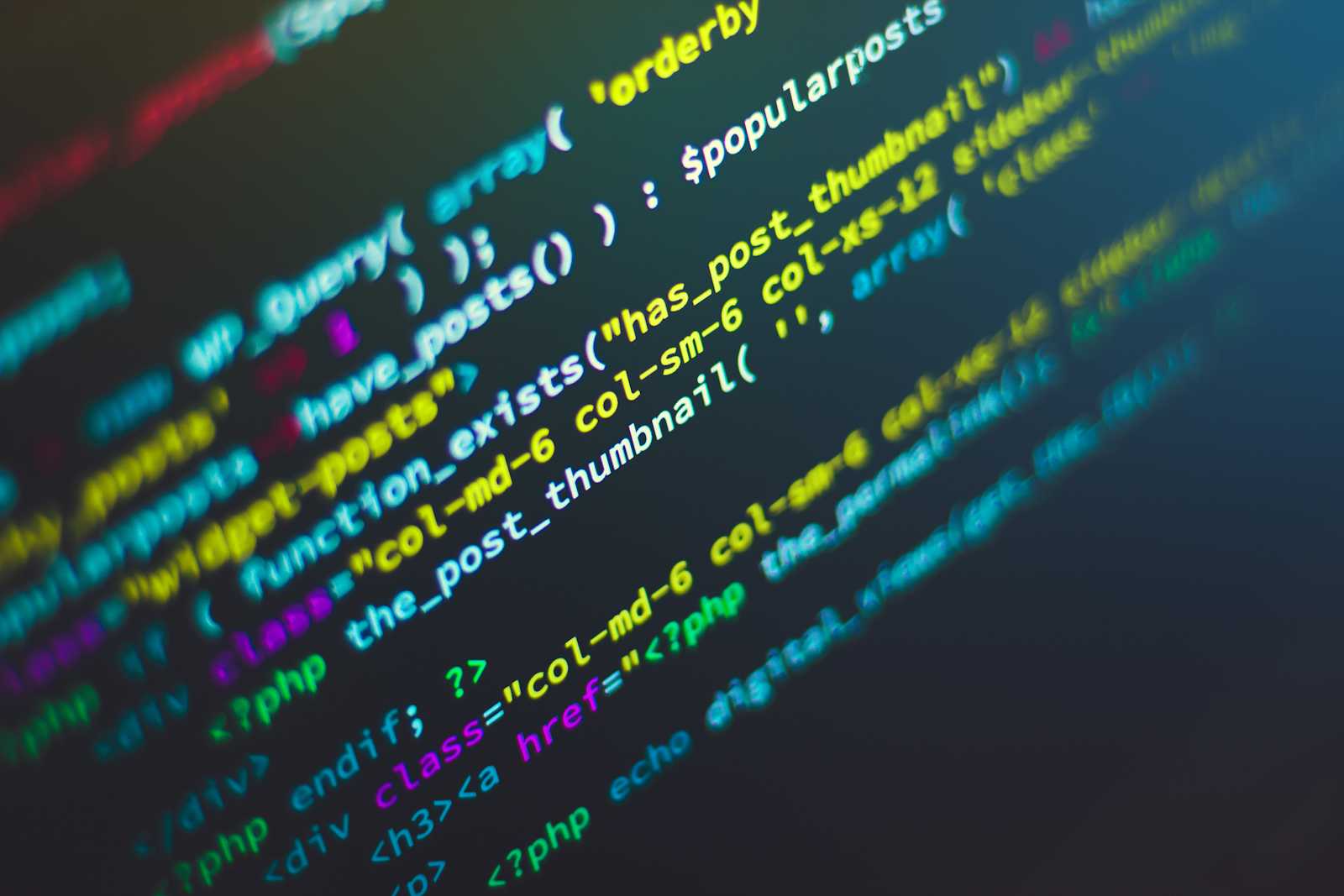Demystifying Python Compilation
 SHUBHANKAR BAGCHI
SHUBHANKAR BAGCHI
From Source Code to Bytecode
Python, hailed for its simplicity and versatility, is underpinned by a sophisticated compilation process that transforms human-readable code into a form executable by the Python Virtual Machine (PVM). This journey from .py files to .pyc files is a fascinating exploration through several stages, each contributing to Python's remarkable efficiency and cross-platform compatibility.
Tokenization and Lexical Analysis:
As Python scripts are written in .py files, the process begins with tokenization. Here, the Python interpreter meticulously dissects the code into discrete tokens, capturing keywords, identifiers, literals, and operators.
Lexical analysis categorizes these tokens, laying the groundwork for subsequent parsing.
Parsing:
Parsing is akin to assembling the jigsaw puzzle of Python syntax. The interpreter organizes tokens into an Abstract Syntax Tree (AST), a hierarchical representation reflecting the structure of the code. This step ensures that the script adheres to the grammar rules of Python, paving the way for semantic analysis.
Semantic Analysis:
Beyond syntactic correctness, Python undergoes semantic scrutiny. The interpreter dives deeper, scrutinizing the code for logical errors, type inconsistencies, and unresolved references. Here, optimizations such as constant folding and dead code elimination fine-tune the code for optimal performance.
Bytecode Generation:
With the syntax and semantics validated, Python embarks on bytecode generation. This pivotal stage translates the AST into bytecode, a compact, platform-independent representation understood by the PVM.
Serialization:
Bytecode, though potent, must be serialized into a binary format for storage and transmission. Python transforms the bytecode and its accompanying metadata into a .pyc file, ready to be cached for subsequent executions. This serialization ensures swift and efficient loading when the script is invoked.
Timestamp Check:
Python's caching mechanism, epitomized by .pyc files, alleviates the need for repetitive compilation. Before execution, the interpreter examines the timestamps of .py and .pyc files. If the .pyc file is absent or outdated, Python swiftly recompiles the source code, refreshing the .pyc cache.
Execution:
Armed with bytecode, Python scripts are primed for execution. The PVM loads the bytecode from the .pyc file or compiles the source code on-the-fly, initiating the script's execution. Here, the bytecode instructions bring Python scripts to life.
Subscribe to my newsletter
Read articles from SHUBHANKAR BAGCHI directly inside your inbox. Subscribe to the newsletter, and don't miss out.
Written by

SHUBHANKAR BAGCHI
SHUBHANKAR BAGCHI
BTech CSE Undergrad Navigating the world of Cloud and DevOps